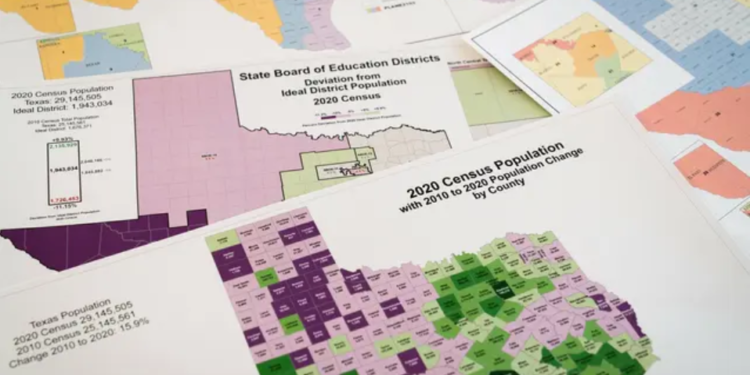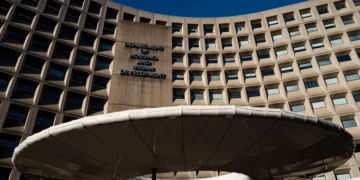September 15, 2025 Story by: Editor
The Legal Defense Fund (LDF) and a coalition of civil rights groups have filed an amicus curiae (“friend of the court”) brief in League of United Latin American Citizens, et al. v. State of Texas, et al., urging a federal court to block Texas’s newly passed 2025 congressional map from going into effect ahead of the 2026 elections.
The brief alleges the map is racially discriminatory and undermines the voting strength of Black and Hispanic communities across the state.
According to the LDF’s brief, the map—passed during a special legislative session called for mid‑decade redistricting—deliberately weakens electoral opportunities for Black and Hispanic voters, particularly in Harris County and in the Dallas/Fort Worth area.
Rather than addressing constitutional concerns raised in earlier maps, the new map is said to double down on discriminatory practices by employing an “impermissibly race‑driven process” that violates protections under the U.S. Constitution. The brief further contends the redistricting was carried out in a rushed, non‑transparent manner with little regard for public testimony warning of potential harms.
Who’s Involved
LDF filed the brief not only on its own behalf but in collaboration with several civil rights and voting rights organizations, including:
- Black Voters Matter
- Houston Area Urban League
- Barbara Jordan Leadership Institute
- Friendship‑West Baptist Church
- Delta Sigma Theta Sorority, Inc.
- American Civil Liberties Union (ACLU)
- ACLU of Texas
- League of Women Voters
- League of Women Voters of Texas
These groups jointly emphasized that Black voters and other communities of color deserve fair representation, and argued that the new map threatens their ability to elect leaders responsive to their communities’ needs.
Key Arguments from the Amicus Brief
Based on the LDF’s press statement, these are the central legal and factual arguments made in the brief:
- The new map weakens Black and Hispanic voters’ electoral power, making it harder for these communities to influence outcomes.
- The redistricting process was improperly influenced by race, in ways that violate constitutional provisions (e.g. Equal Protection).
- Public input was largely ignored despite substantial testimony warning about the discriminatory impacts of the map.
- Texas has one of the largest populations of eligible Black voters in the country, underscoring how consequential the redistricting decisions are.
- It is possible, the brief contends, to draw a map that protects the voting opportunities of Black and Hispanic voters without one community being pitted against another.
Background
A significant federal trial began in May in the El Paso Division of the U.S. District Court for the Western District of Texas, aiming to determine whether Texas’s 2021 redistricting maps unlawfully discriminate against Latino and Black voters.
The case, heard by a three-judge panel, scrutinizes congressional and state legislative maps drawn by the Republican-controlled Legislature following the 2020 census. Plaintiffs argue that these maps dilute minority voting power and violate the Voting Rights Act and the U.S. Constitution.
Allegations of Diluted Minority Representation
The plaintiffs, including civil rights organizations such as the League of United Latin American Citizens (LULAC), Eddie Bernice Johnson, Sheila Jackson-Lee, Alexander Green, and Jasmine Crockett. The plaintiffs contend that the redistricting process intentionally minimized the electoral influence of minority communities.
They highlight that despite people of color accounting for 95% of Texas’s population growth over the past decade, the new maps fail to create additional majority-minority districts. Instead, they allege that the maps “crack” minority communities—dividing them among multiple districts—to dilute their voting strength.
According to the 2020 Census, Texas added 4 million residents in the prior decade, gaining two congressional districts. Of this growth, more than half was among the Latino community. Despite this, the state drew 23 white-majority districts out of 38 total congressional districts, while Latino voters made up majorities in only seven. The remaining eight districts had no majority group.
Here are some key national-level 2020 Census results to help you see how your state or county compares in each topic area:
Race and ethnicity (White alone 61.6%; Black alone 12.4%; Hispanic 18.7%; Asian alone 6%; American Indian and Alaska Native alone 1.1%; Native Hawaiian and Other Pacific Islander alone 0.2%; Some Other Race alone 8.4%; Two or More Races 10.2%).
Source: Legal Defense Fund

















